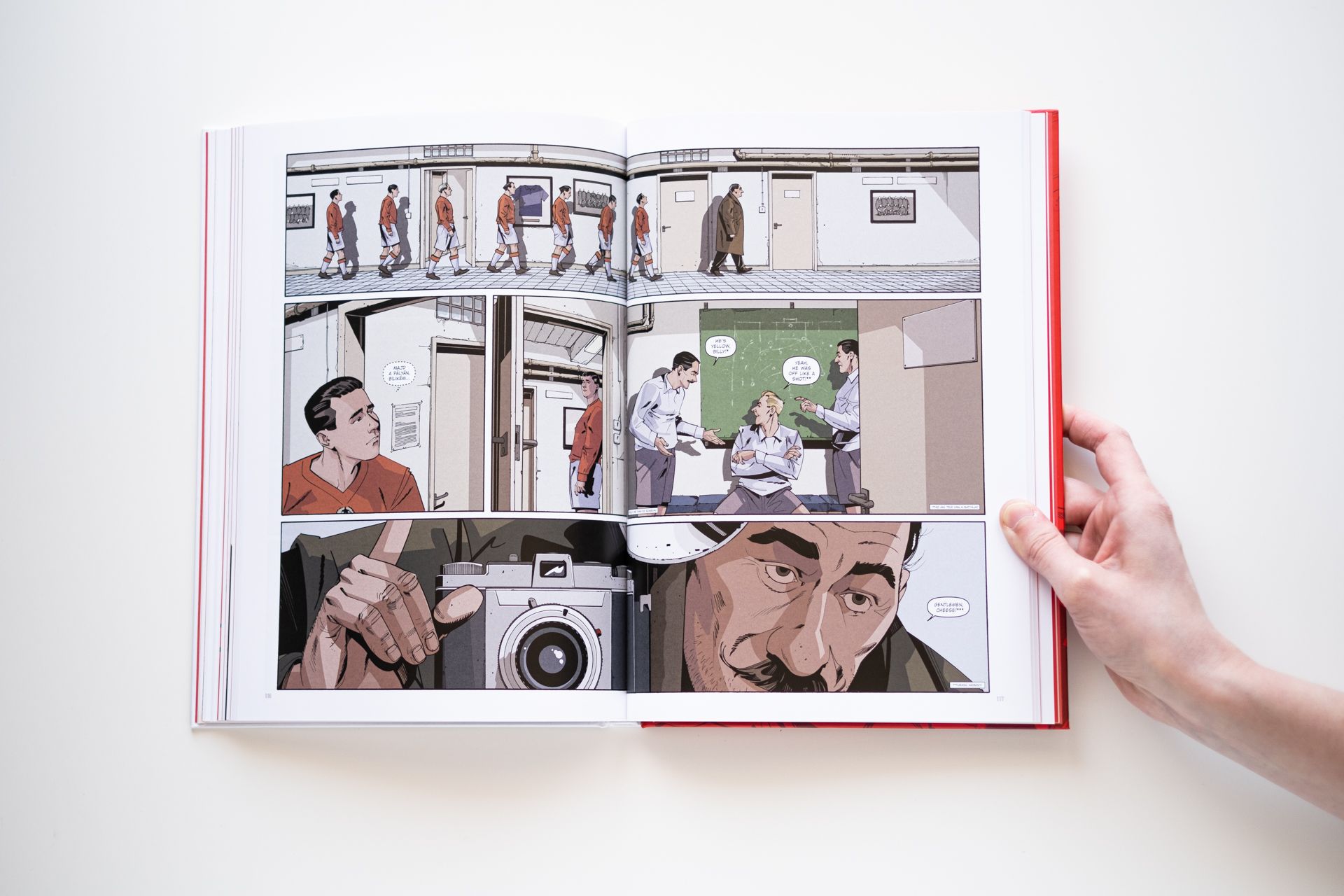He was born in Békéscsaba, Hungary, and got all the way to Disney’s studio: Attila Futaki made his fortune abroad, by gaining international recognition in a field that is still very much in its infancy in Hungary. He draws comic books, and works with the largest foreign scriptwriters. Recently, together with Gábor Tallai, they “wrote history”: they imagined and brought to life the legendary figure of Ferenc Puskás in a comic book, and thus became the first to do so in Hungary.
It was not your first time working with Gábor Tallai: you have co-created the comic book entitled “Budapest Angyala” (The Angel of Budapest), too, which is another story embedded into a historical context. How did the development of the “10 – A Puskás” comic book go, how did this 170-page-long publication come to life? How much time did drawing the comics take?
It was Mária Schmidt, the director of the House of Terror Museum in Budapest, who reached out to me and asked whether I wanted to draw a comic book on Puskás. The thought that this could be an interesting topic already occurred to me years ago, as his figure had never been featured in this format before in Hungary. Even though Ferenc Puskás or “Öcsi” has already popped up in comics abroad, a comic book of such length has never been published about him.
Thus, once I received the commission from the museum, it’s safe to say that our visions met instantly. Since Gábor Tallai and I could work really well on the “Budapest Angyala” comics, it was kind of evident that I would ask him to write the script this time, too. Before Gábor began writing, we consulted and decided which part of his life to focus on. We agreed that we wanted to center our attention on his career in Hungary as well as the political spirit of the era.
I started drawing the layouts once the story was done, then I finalized the pencil drawings after consulting with Gábor and Mária Schmidt, which I then drew out with my hand—using ink, brush and pen—and finally colored it digitally. The comic book took almost one and a half years to be completed—as for the drawing part. Considering everything—including inserting the texts, the preparation of the book’s visual identity and the preparation of the drawings for printing—the project took almost two years.
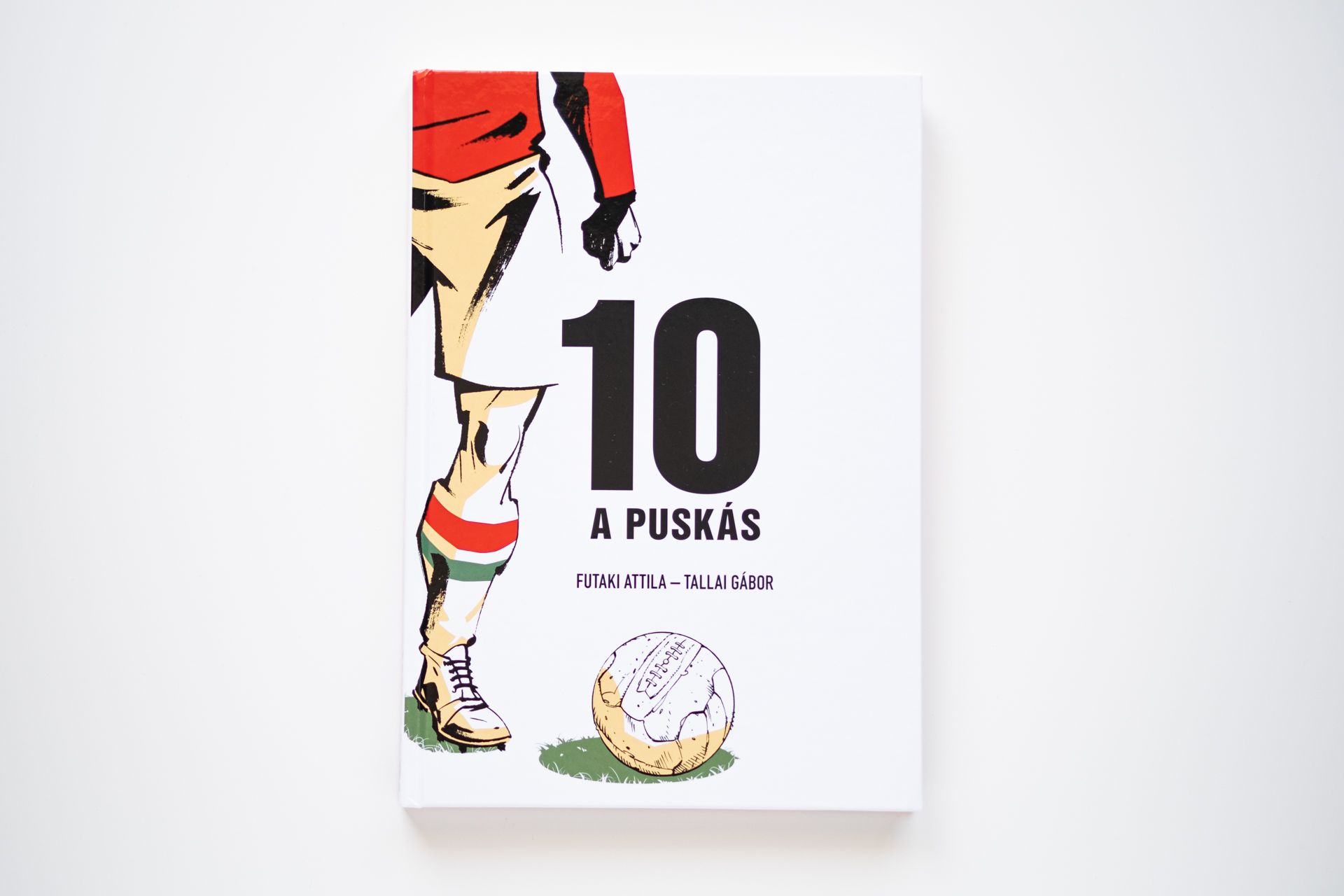
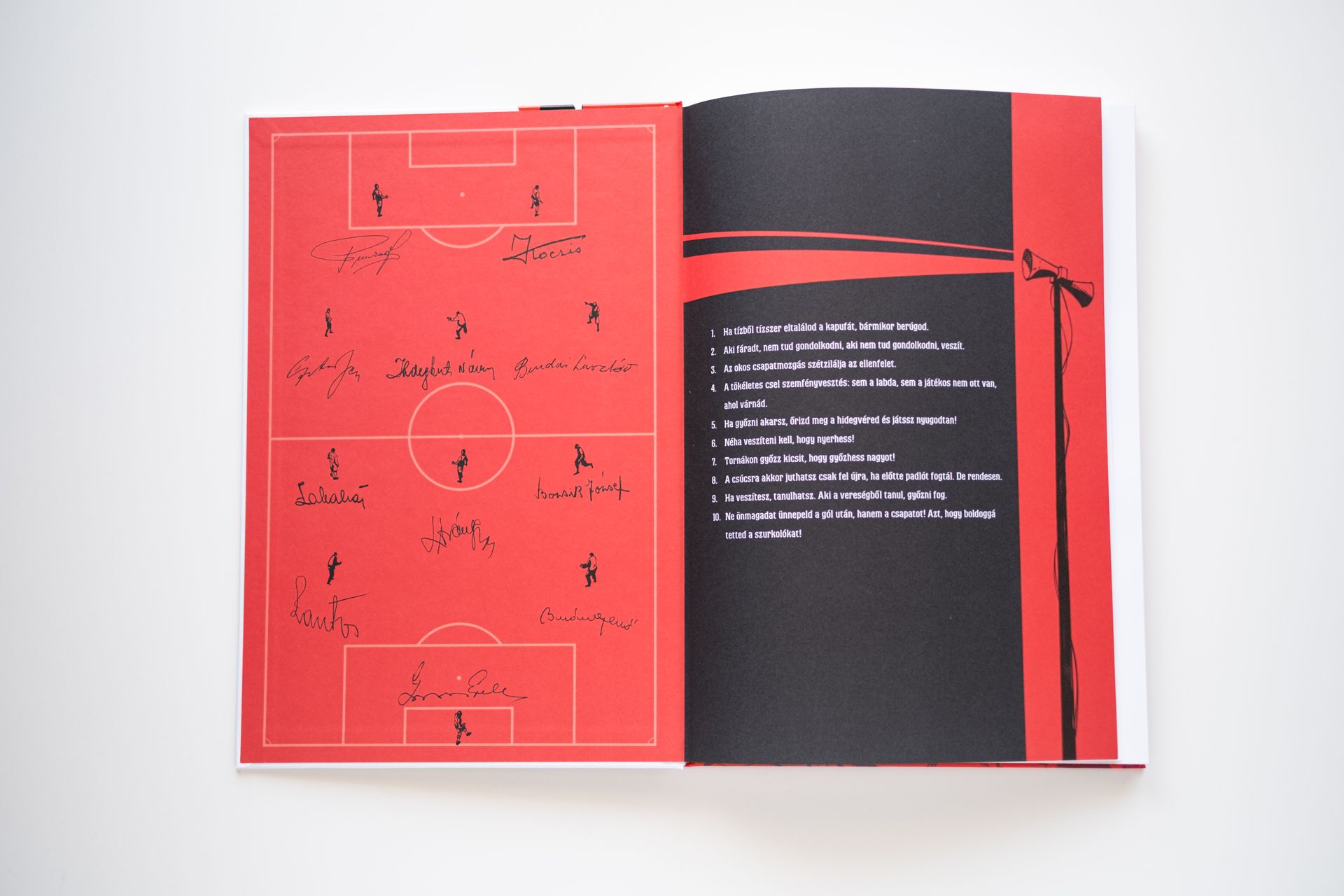
The figure of Öcsi Puskás is eternal. Many people have talked about him in many different ways, yet—as you’ve said it—this is the first time that his figure was brought to life in the form of an independent comic book in Hungary. Was it a pressure or, on the contrary, did it facilitate design and the creative process that your topic was about such an emblematic figure?
If I had let panic take over, there would have been a massive pressure, for sure. But I knew it right from the very beginning that I wouldn’t be able to satisfy everyone’s expectations and that many people could criticize the comic book for various reasons. Naturally in an atmosphere like this it is impossible to work, and so I let this go and “closed the door of my room”: I focused on meeting the requirements I set for myself. I wanted to create a comic book that I would take off my shelf proudly even in ten years.
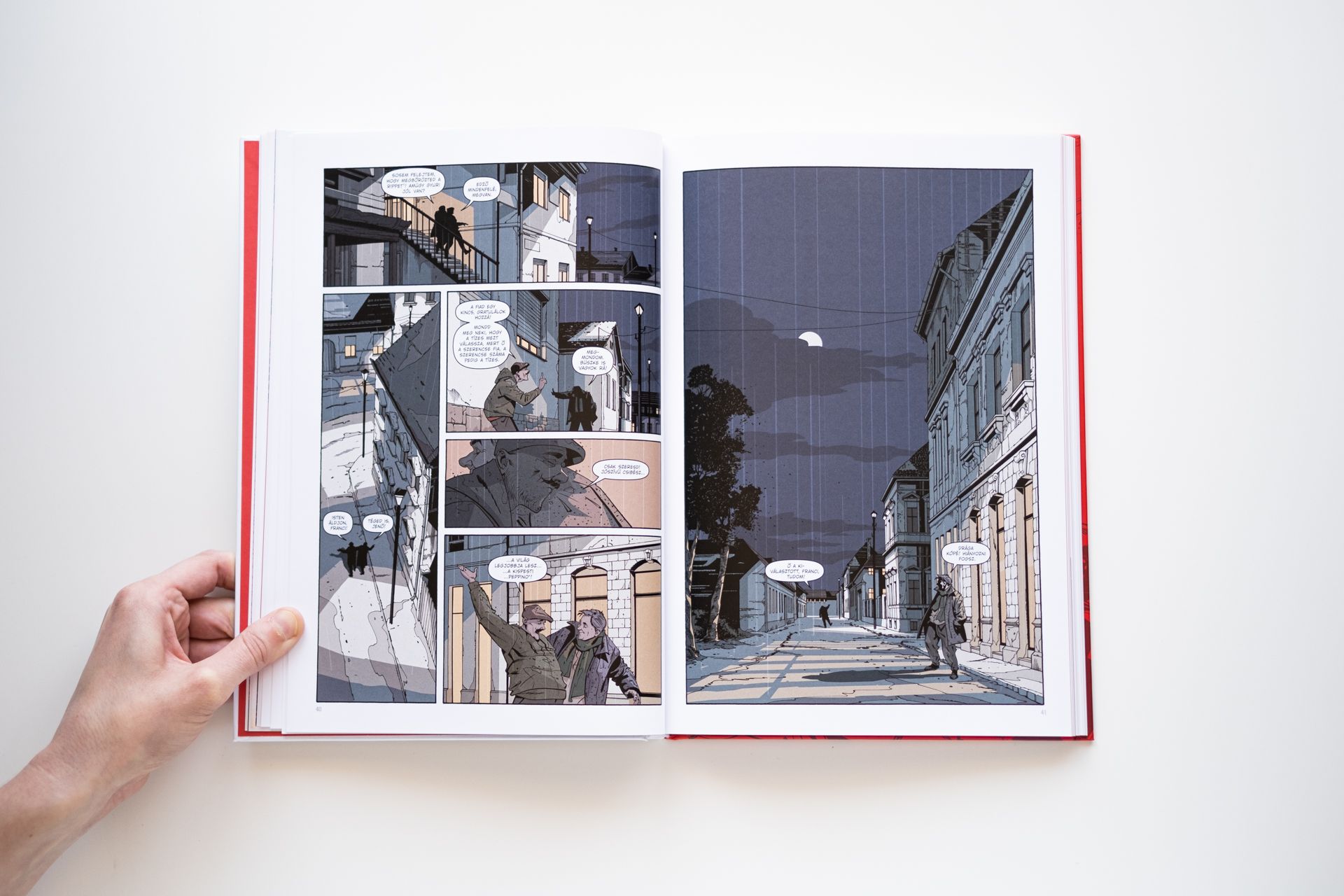
Does it make it easier or harder for a comic book drawer when they have to tell a story based on real events in a visual form?
On the one hand it makes it easier, but of course it can be difficult, too. It is easier because the location and, in some cases, the situation is given, for example, a football match, but it still limits the drawer’s fantasy. To give you an example: I drew factories in the background of Dinamo Arena in Moscow, which did not exist back then, quite on the contrary: nothing was there, not even lamps. Yet I still felt that for the sake of the overall effect, it is okay to cheat a little.
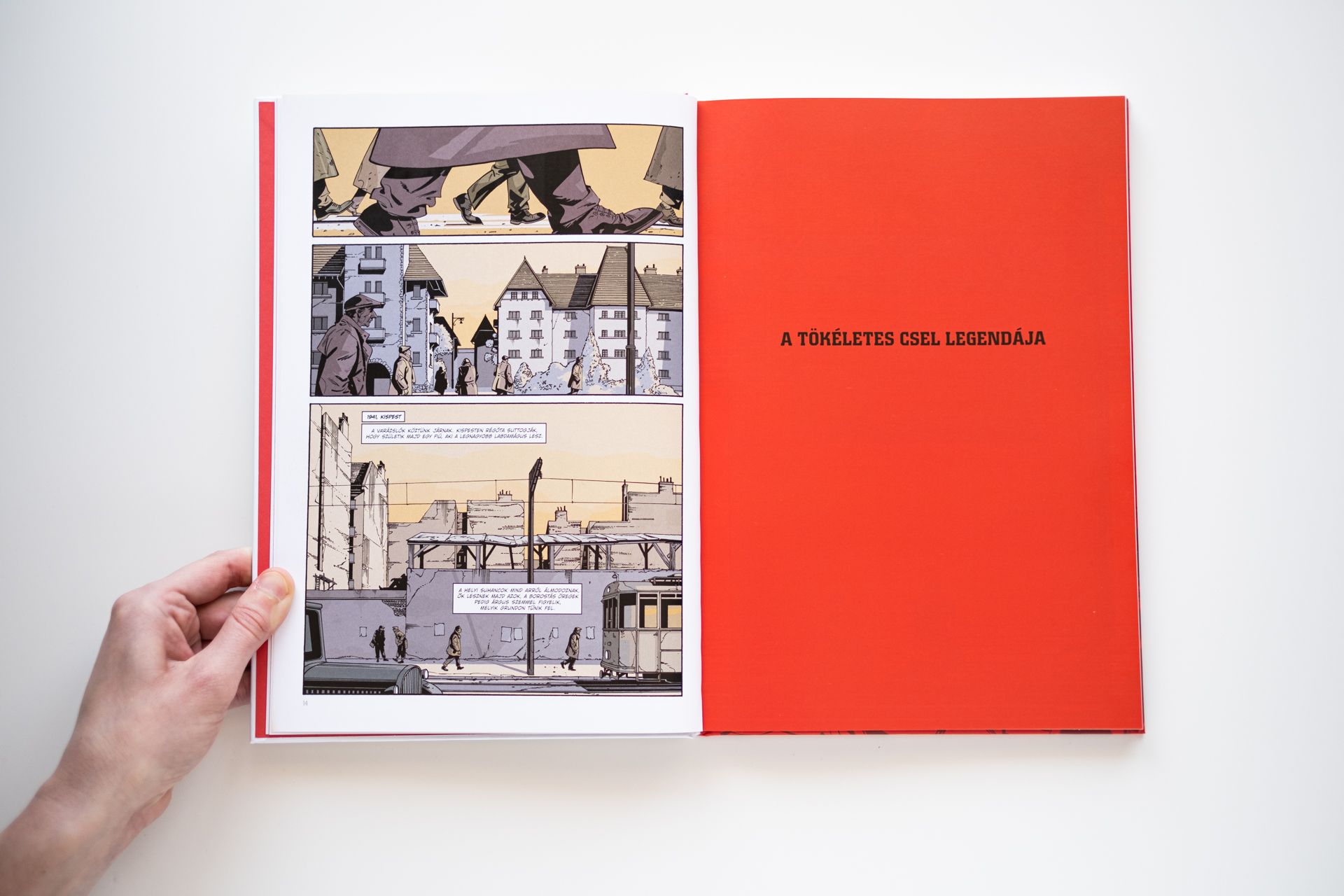
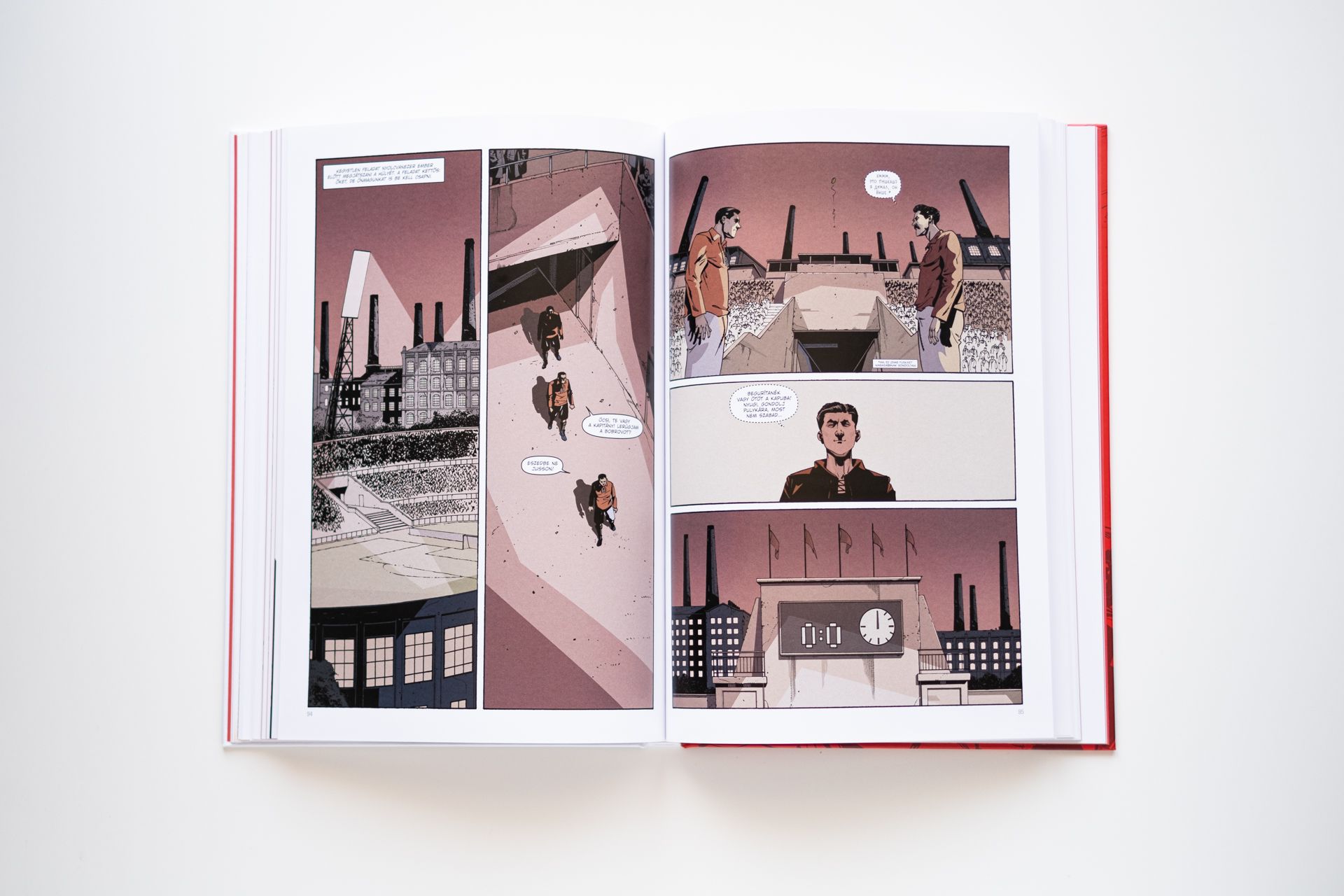
If I know it correctly, you’re more of a night owl: for you, the night shift starts after midnight and lasts until five in the morning. How do you work? What technique do you use: do you draw free-hand or do you use some kind of software?
Ten years ago I could handle night work better, so today I rather work during the day, but sometimes I do work late into the night. The downside of this is that I am simply useless until noon the next day. I mainly create my drawings manually, and I do a smaller part digitally, not only in the case of the Puskás comic book, but in the case of my other works, too.
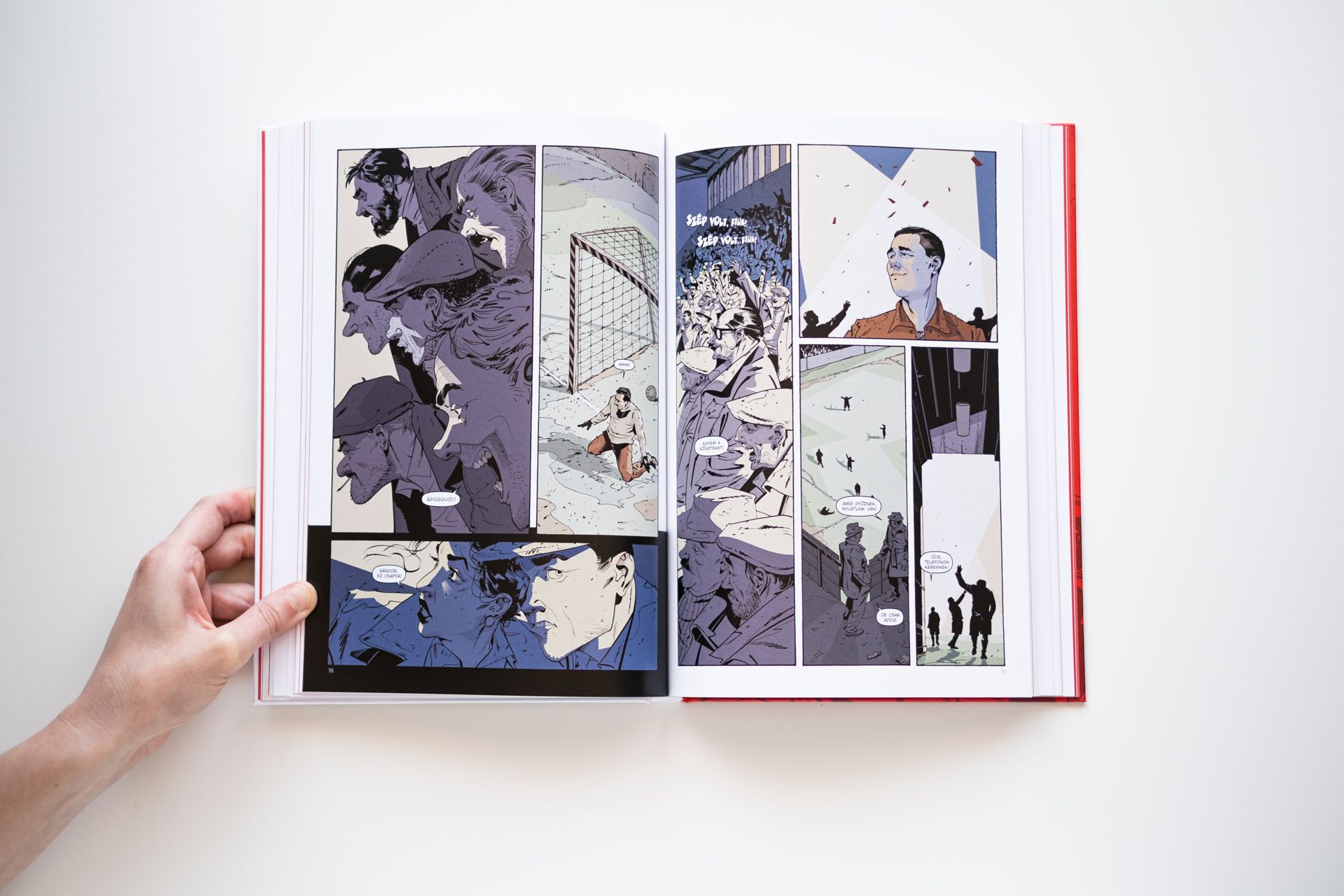
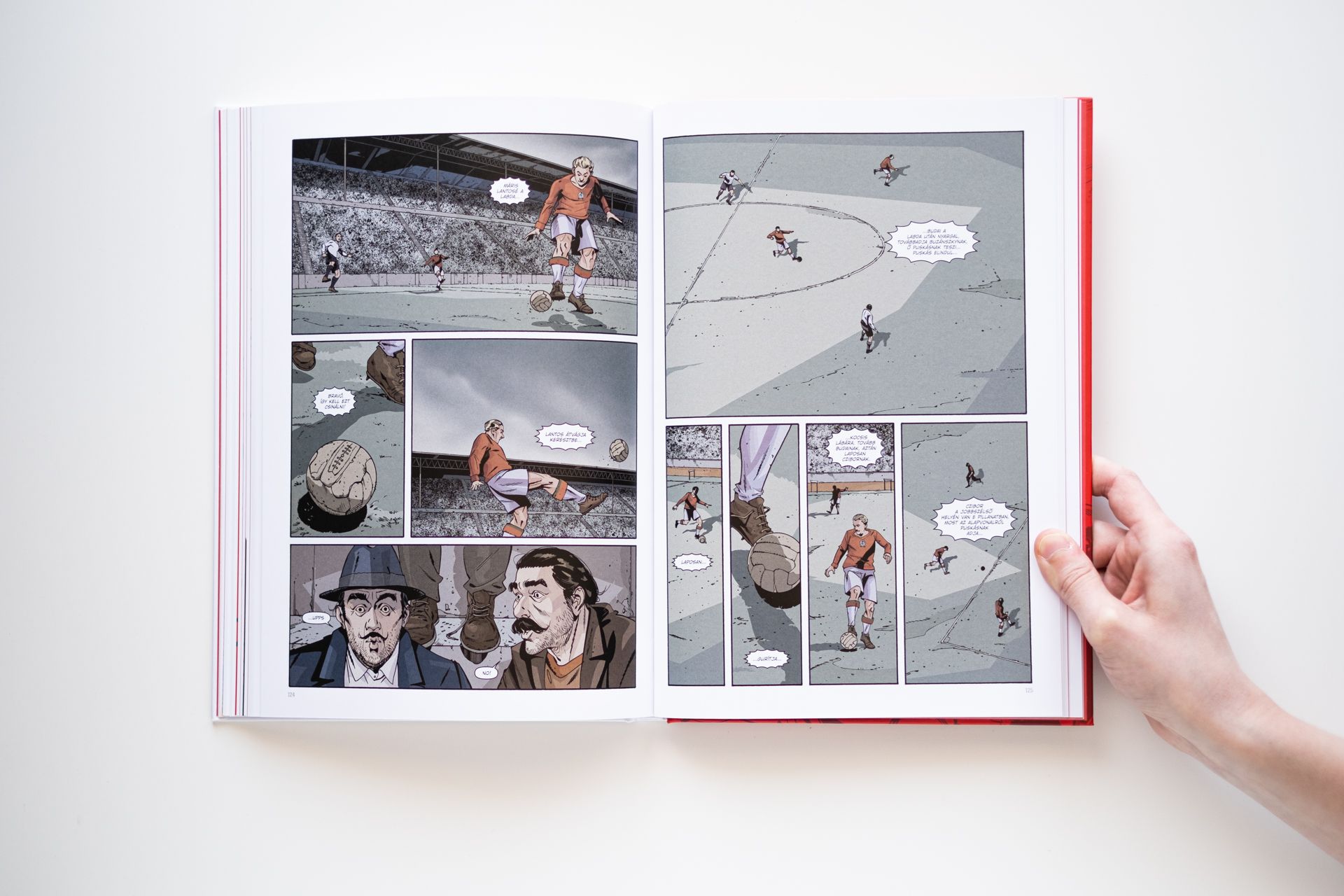
You told us in a previous interview that you are afraid of frogs, yet you still draw them into many of your comics. Are there any frogs hiding in the one about Puskás?
No, this time I left it out. But indeed: I cannot imagine a creature more disgusting than frogs. I know many people keep frogs as pets, and I don’t want to hurt their feelings, but their very thought gives me the chills.
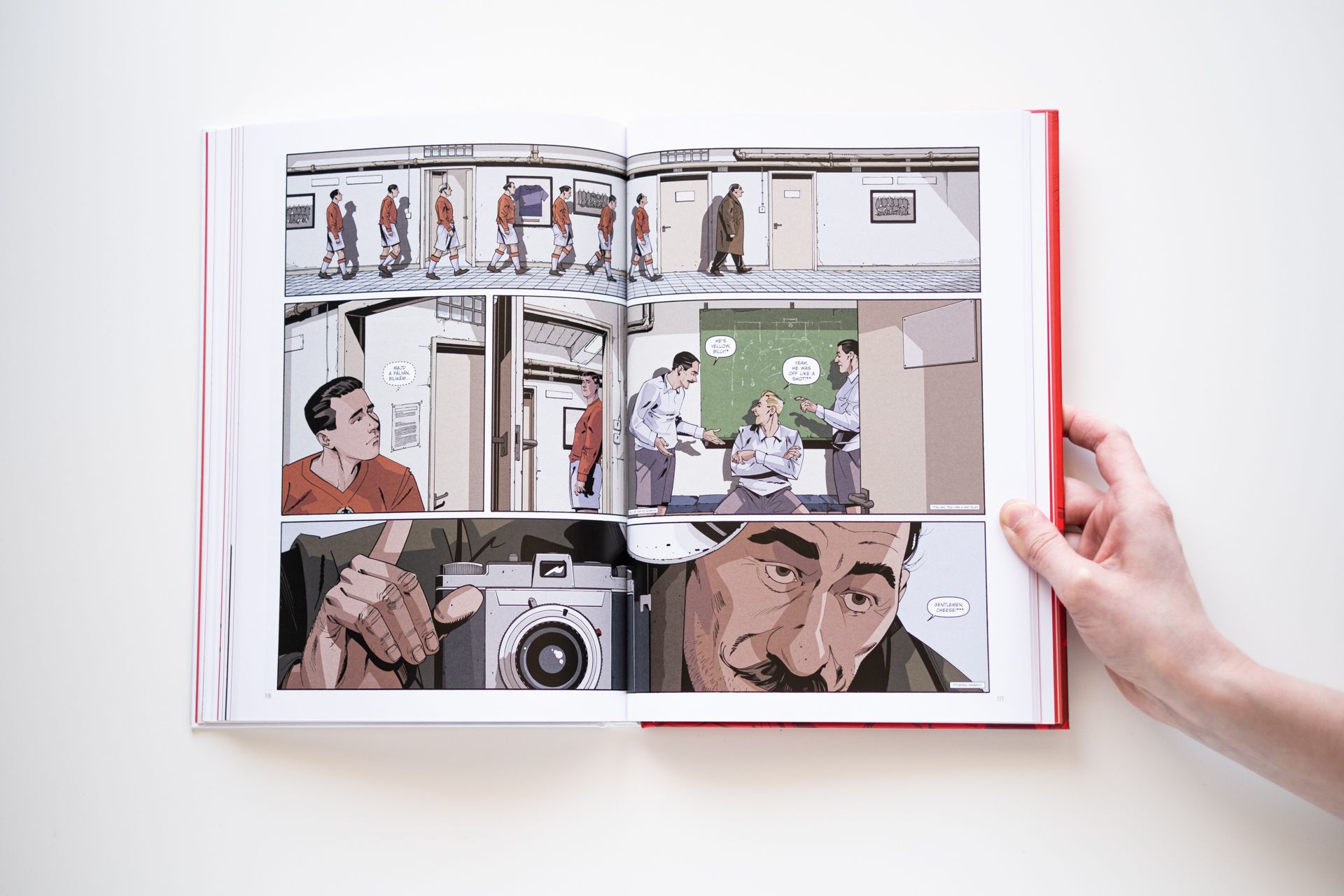
At the moment, if I know it correctly, you are working on a noir comic book, set in New York. What can we know about this project?
Actually, I am working on two noir comics. One is written by SNXF award-winning crime fiction writer Jérémie Guez. The story is set in New Orleans, it follows multiple storylines, with a lost girl in the focus. Unfortunately, I can’t tell you more, but I feel that this story was truly written for me and I hope it will be a success. The comic book will be released next year, and will debut at Quais du polar festival—the most prestigious noir festival in France.
The other comic book I am working on is another noir story written by scriptwriter Stephen Desberg. Stephen is one of the biggest names in France, it truly is an honor to work with him. This will be a series consisting of two albums and will be published next year, too.
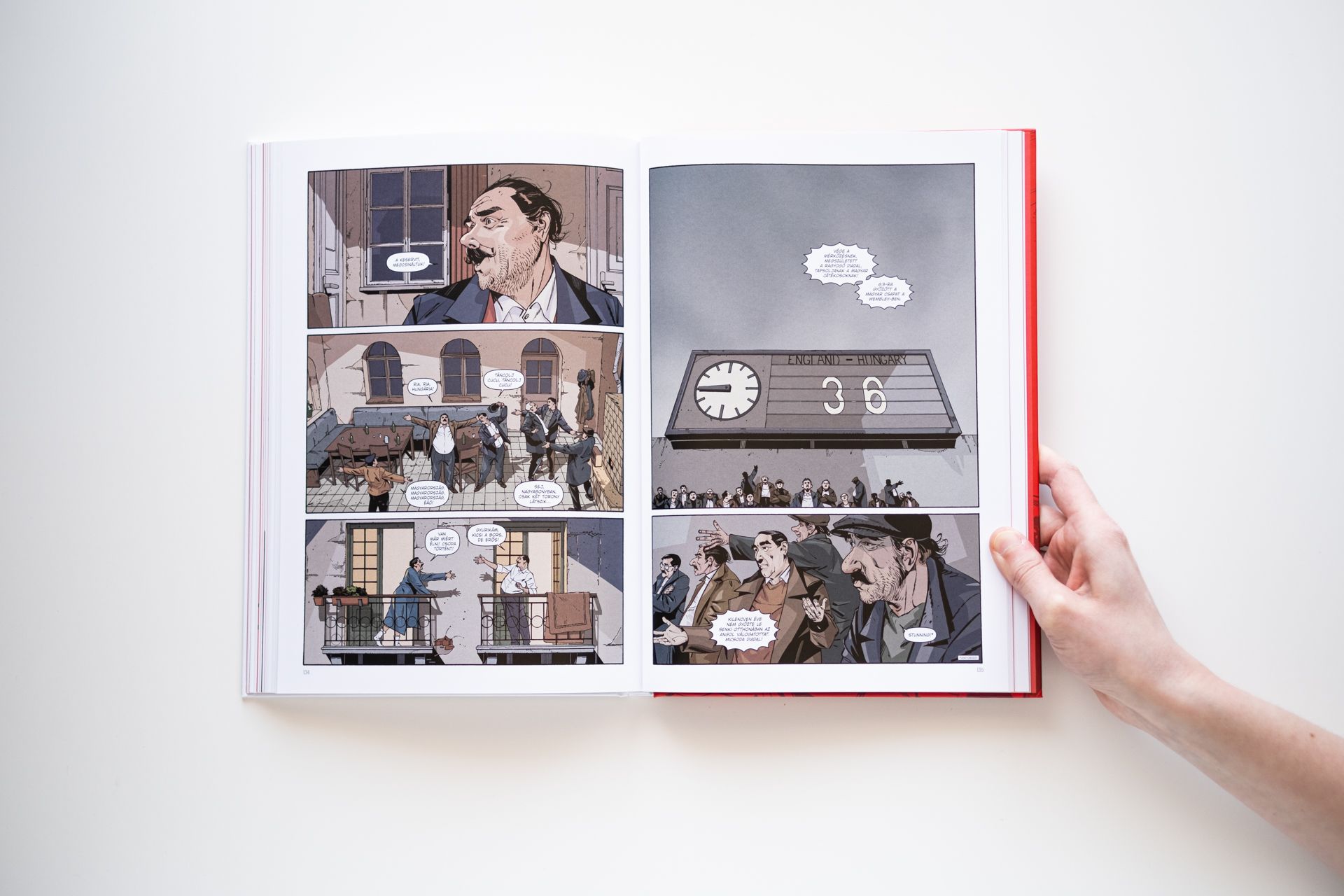
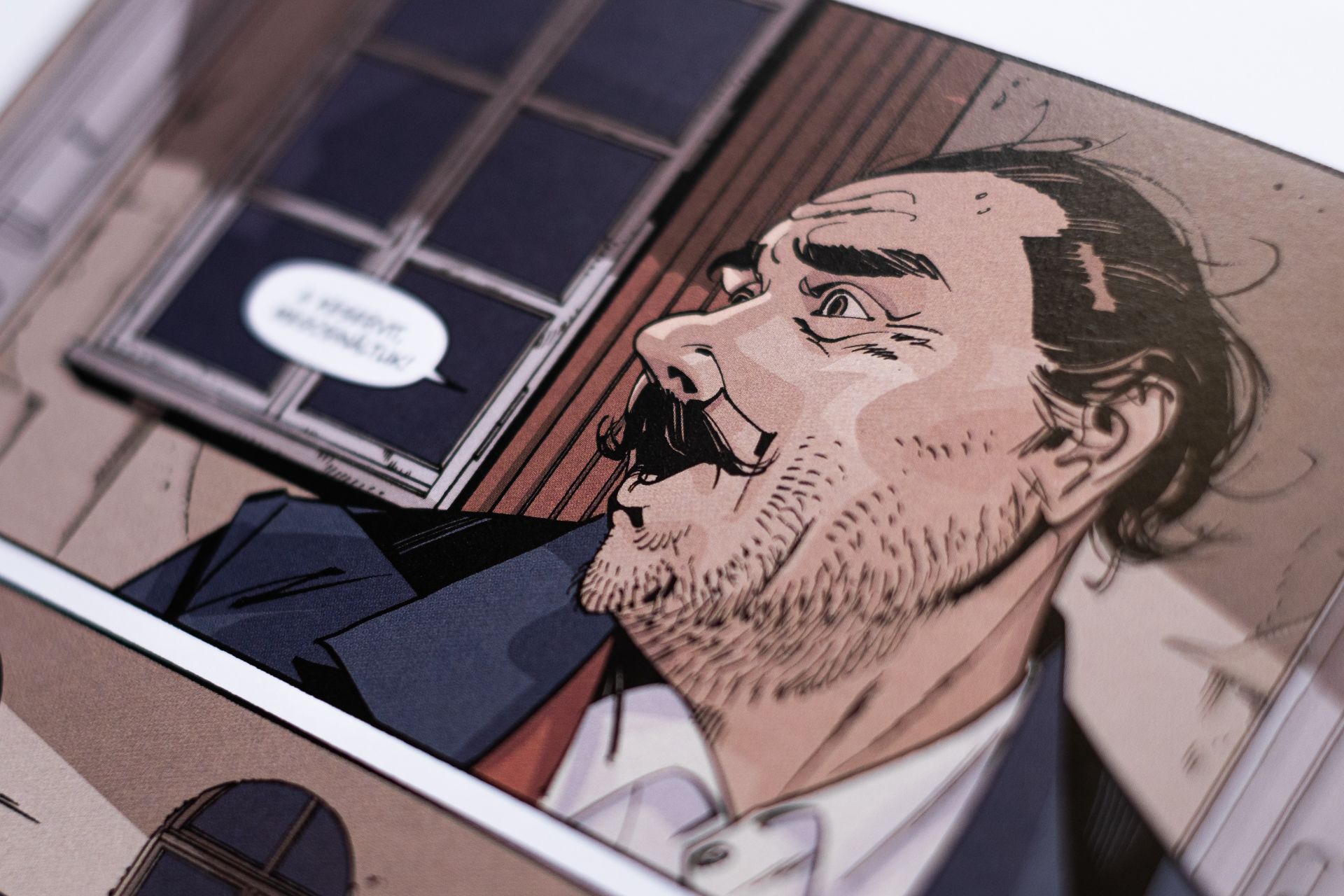
Attila Futaki has drawn three Percy Jackson comics for Disney: the number of sold copies will soon hit one million in North America, while the comic book titled Severed, written by scriptwriters Scott Snyder and Scott Tuft and drawn by Attila, was selected into the publication “100 Greatest Graphic Novels: The Good, The Bad, The Epic”.
The “10 – A Puskás” comic book can be purchased in the online store of the House of Terror Museum and in larger bookstores.
Photos: László Ruska

A platform of a new beginning | KANAVA
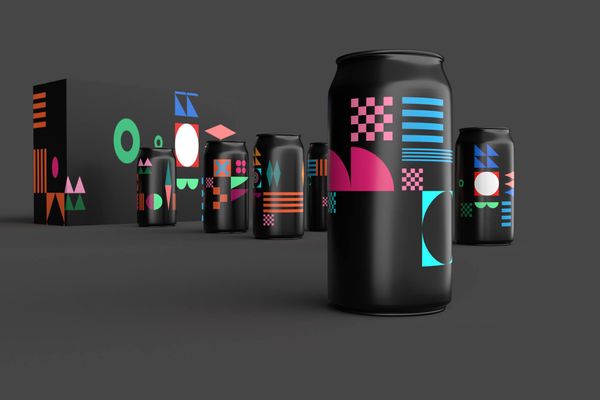
The coolest beer brands in Eastern Europe | TOP 5










